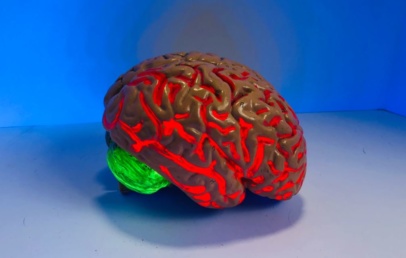
Your personal periodic table needs diversifying.
It’s always kinda weird to realize that your body needs a steady supply of substances that don’t sound like they’d be present in a living organism. For example, have you ever seen a lump of raw magnesium before? It’s a thick, shiny, silver metal. It looks like something you’d find in the body of a Terminator before the body of a human. Nevertheless, magnesium is a vital mineral for a healthy body, and according to leading nutritionists, you ain’t getting enough.
Modern nutrition research suggests that at least 75% of all Americans have some degree of Magnesium deficiency. If you haven’t noticed, it’s because magnesium deficiencies are the slow-burning type; they don’t do much at first, but they hit you harder later in life. Magnesium does a variety of goods for your body, but its primary duty is aiding in the regulation of blood flow and pressure, as well as bone mass maintenance. Magnesium is constantly utilized by your body’s cells, which makes it a deceptively important mineral. While a deficiency now is nearly unnoticeable, later in life, a magnesium deficiency can lead to high blood pressure, heart disease, and increased risk of diabetes.

The good news is that it’s actually pretty easy to get more magnesium in your diet. It’s present in lots of mineral-rich foods, including (but not limited to), spinach, pumpkin seeds, almonds, oatmeal, salmon, avocado, and even dark chocolate. Basically, anything that your parents told you was healthy growing up is probably a good source of magnesium. If you have a problem with these particular kinds of foods, talk to your nutritionist about starting on a magnesium supplement. You’ll be glad you did now when you don’t have to put up with it later.




